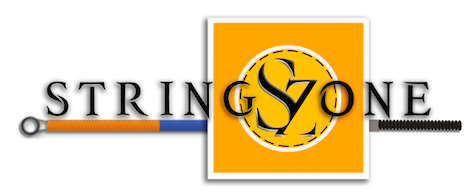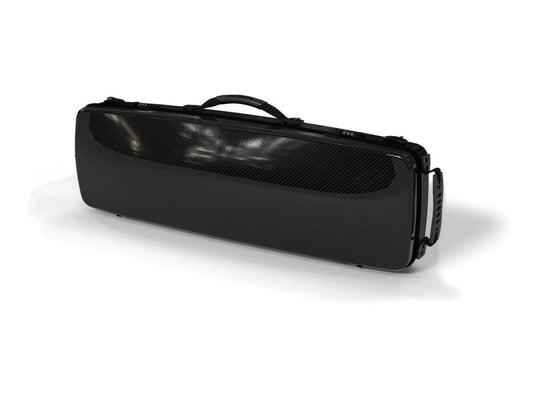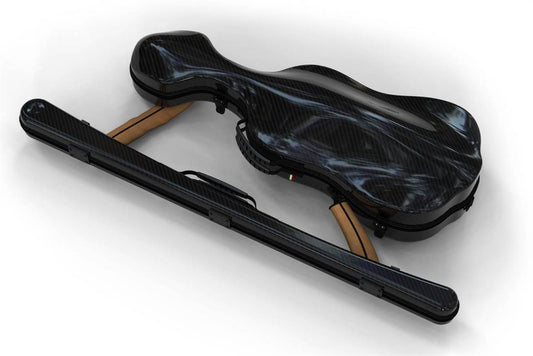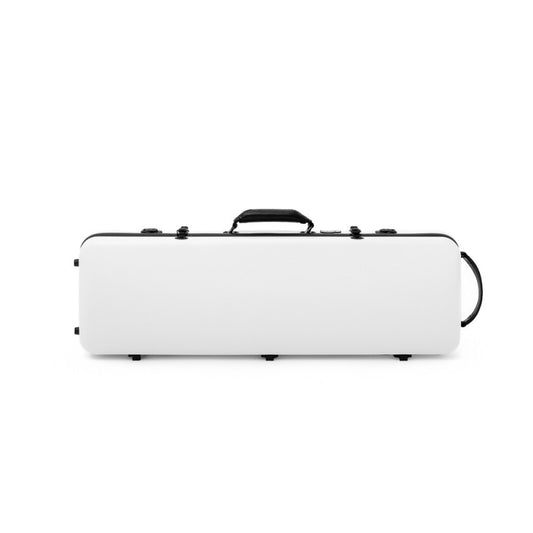
What you need to know before buying a violin: Essential guide for beginners and advanced players
Compartir
Buying a violin is an important decision, both for beginners and for more advanced musicians looking to improve the quality of their instrument. The market offers a wide variety of violins in different price ranges and qualities, so it is essential to know what aspects to consider in order to make a good decision. In this article, we guide you step by step to buy the perfect violin for you.
1. New or second hand?
One of the first decisions you'll have to make is whether to buy a new or second-hand violin. Both have advantages, but there are also some important considerations:
• New Violin: New violins are often more affordable in terms of options and price. Plus, since it's new, you know the instrument is in top condition and hasn't suffered structural damage. Many mid-range new violins are designed for students and offer good value for money.
• Second-hand violin: Old or second-hand violins can offer a deeper, more mature sound, as the wood has had time to settle. However, it is crucial to check their condition and make sure they are not damaged or have been poorly repaired. It is recommended that a violin be checked by a luthier before purchasing.
2. Your level of experience
The level of the violinist also influences the choice of instrument. Buying a violin for a beginner is not the same as buying one for an advanced musician:
• Beginner: If you're just starting out, it's best to opt for a student violin, which is usually designed to make learning easier. These violins are usually more affordable, and although the sound won't be comparable to that of a professional violin, it will provide you with what you need to learn the basic techniques.
• Intermediate or advanced level: If you have been playing the violin for a while, you may be looking for a higher quality sound. In this case, it may be advisable to invest in a mid-range or high-end violin, which will allow you to explore more nuances and improve your musical expression.
3. The right size
Violin size is crucial for comfortable and correct playing. Make sure you choose the right size for your height and arm length. For adults, a full-size (4/4) violin is generally the right choice, but for children or people with shorter arms, fractional sizes (1/2, 3/4, etc.) are available. If you're unsure, Strings Zone can help you measure and find the perfect size.
4. The budget
Violins can vary widely in price, from budget options to high-end instruments that can cost thousands of euros. The important thing is to find a balance between quality and budget. Here are some guidelines:
• Budget violins (under €300): Generally recommended for absolute beginners. Although they don't offer the best sound, they are a good option if you don't want to make a large initial investment.
• Mid-range violins (€300 - €1,500): Ideal for advanced students or intermediate players looking for better quality sound without spending a fortune.
• High-end violins (over €1,500): These violins are made from high-quality materials and are manufactured by experienced luthiers. They are perfect for professional musicians or very advanced students looking for a refined sound.
Tip: If you're on a tight budget, consider spending some money on upgrading your bow or higher quality strings, as these can make a big difference in the sound, even on cheaper violins.
5. The quality of the material
The material of the violin directly influences its sound. Higher quality violins are usually made of noble woods, such as maple for the back and sides, and spruce for the top. These materials allow the violin to have optimal resonance.
Please check the following:
• Bridge: The bridge should be well carved and properly aligned.
• Pegs: The pegs should turn smoothly but not come loose. If they are too stiff or loose, this could be a problem.
• Fingerboard: It must be well placed and smooth, without imperfections that could make playing difficult.
6. Try before you buy if you have the possibility or ask the seller for advice.
One of the golden rules when buying a violin is to try it out first if possible. Every violin has its own personality and it is important to find one that you feel comfortable with and that you like the sound of. Play different notes, try out scales and listen to how the violin resonates. Pay attention to the comfort of your posture and handling of the bow.
Tip: If you are not experienced enough to evaluate the sound yourself, take a teacher or experienced musician with you to help you with the test.
If you do not have the possibility to buy it, you can describe your tastes to the seller, who with his professionalism and knowledge will be able to find and/or recommend an instrument that fits what you are looking for.
7. Essential accessories
When buying a violin, you should also think about the accessories you will need. The most important ones are:
• Case: To protect your violin at all times. A hard case is recommended.
• Bow: Make sure the bow is in good condition, with bristles that are tight and in good condition.
• Rosin: Rosin is essential for the bow hairs to adhere properly to the violin strings.
• Shoulder or chin rest: These accessories help improve comfort and posture while playing.
8. Consult a luthier
If you are thinking of investing in a second-hand mid-range or high-end violin, always consult a luthier. A luthier can inspect the violin and make any necessary adjustments to keep the instrument working perfectly. They can also make sure there are no hidden problems, such as cracks or structural defects.
Buying a violin is an exciting step in your musical journey, but it requires research and patience to find the right instrument. Consider your experience level, your budget, and above all, choose a violin that you feel comfortable and happy playing.
At Strings Zone , we are here to advise you and help you find the violin that best suits you.




